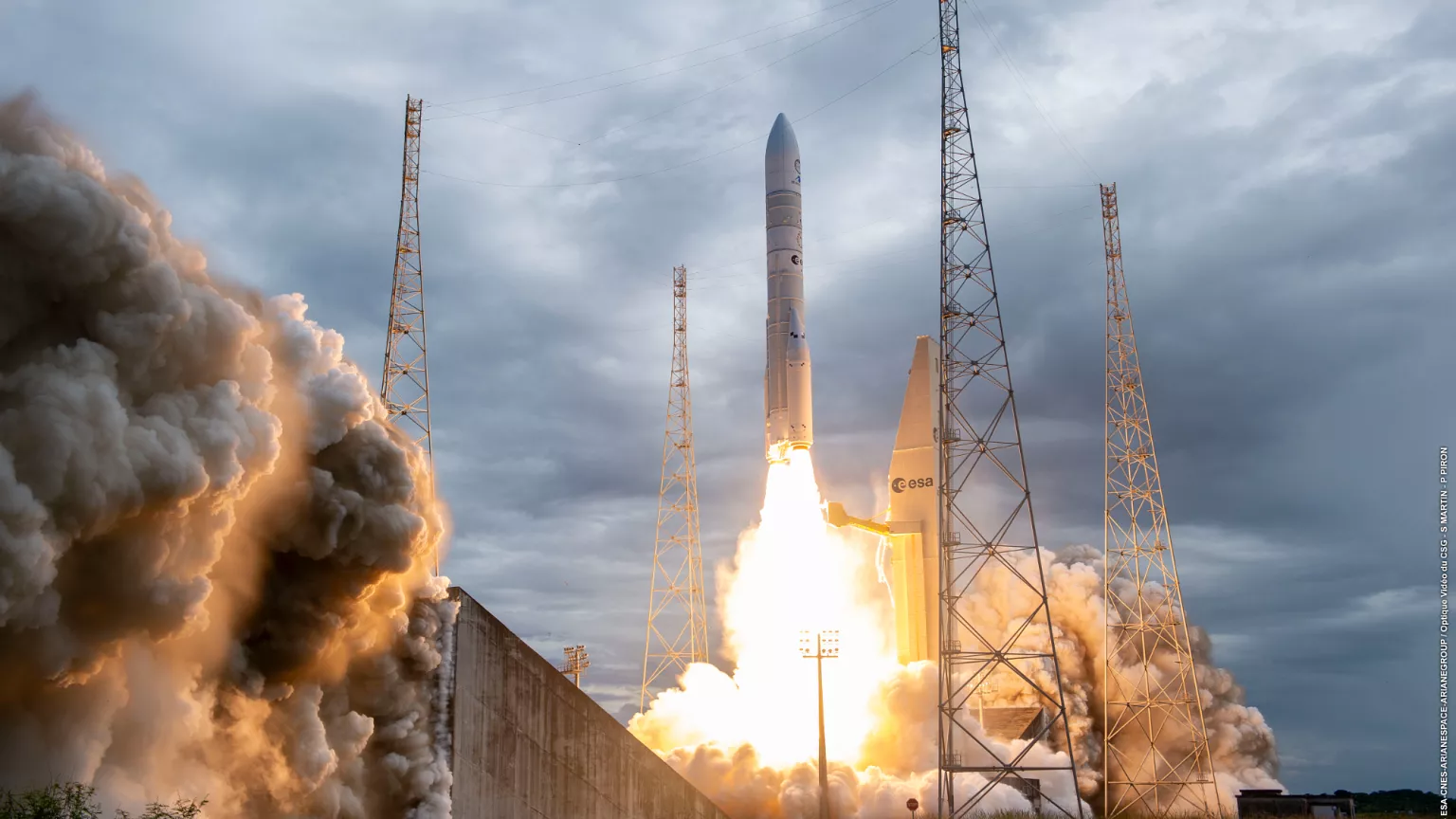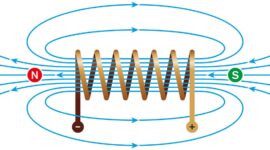Kourou, French Guiana – August 13, 2025
Europe’s newest heavy-lift launcher, the Ariane 6, has successfully completed its third mission and second commercial flight, marking a significant milestone in the continent’s autonomous access to space. At 9:37 p.m. local time on August 12, 2025 (00:37 UTC and 2:37 a.m. CEST on August 13), the powerful rocket lifted off from Europe’s Spaceport in Kourou, French Guiana, carrying the Metop-SGA1 satellite for EUMETSAT. This launch, designated VA264, is a testament to the rocket’s reliability and its growing operational cadence.
The launch of Metop-SGA1, the first of the next generation of European polar-orbiting weather satellites, is a major step forward for global weather forecasting and climate monitoring. The satellite, weighing over 4,000 kilograms, was successfully placed into a Sun-synchronous orbit at an altitude of approximately 800 kilometers, 64 minutes after liftoff. Following spacecraft separation, EUMETSAT successfully acquired signals from the satellite, confirming the mission’s success. The Metop-SGA1 is equipped with a suite of six advanced instruments designed to provide high-resolution observations of temperature, precipitation, clouds, winds, and other critical atmospheric parameters, offering enhanced data compared to its predecessors. This mission is a joint project by the European Space Agency (ESA) and EUMETSAT, with the spacecraft itself built by Airbus Defence and Space.
The Ariane 6 program has been years in the making, and this latest success further solidifies its position as a reliable and cost-effective option for a wide range of missions. Its inaugural flight took place on July 9, 2024, a demonstration mission that carried a variety of experiments and small satellites. While that mission was a success in proving the rocket’s capabilities, it experienced a partial failure with the upper stage, which was unable to complete its final deorbit burn. However, the subsequent missions have demonstrated the system’s maturity and performance. The second flight, and first commercial launch, occurred on March 6, 2025, when the rocket successfully deployed the CSO-3 military observation satellite for the French Ministry of Defense, completing the country’s optical space component system.
With the successful completion of the Metop-SGA1 launch, Arianespace, the company that operates the Ariane 6, is now looking to an ambitious schedule. The launch of the Metop-SGA1 was the 355th launch for Arianespace and the third for the Ariane 6 program. The company has a significant backlog of missions, with no fewer than 32 launches on the books. Several more are scheduled for the remainder of 2025, including missions for Amazon’s Project Kuiper, the Copernicus European Earth observation program, and the Galileo satellite navigation constellation. The ramp-up in production and launch cadence is crucial for Europe to maintain its independent and competitive access to the global space market.
The Ariane 6 itself is a marvel of engineering, built by prime contractor ArianeGroup. It features a modular design with an upgraded main stage and a choice of either two or four solid-fuel P120C boosters, allowing for flexibility to accommodate different mission requirements. The rocket’s new restartable upper stage is a key feature, enabling it to launch multiple missions into different orbits on a single flight. The rocket’s design, and the dedicated launch pad infrastructure built by France’s space agency CNES, are aimed at providing greater efficiency and a faster turnover of launches. The successful launch of the Metop-SGA1 is a powerful confirmation that the Ariane 6 is not just a successor to the Ariane 5, but a new and vital tool for Europe’s future in space.




